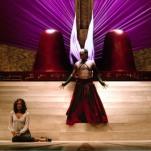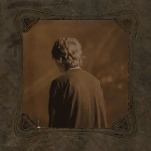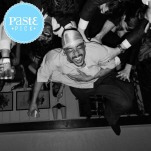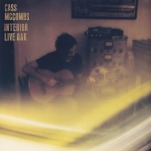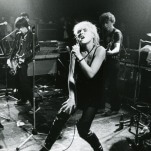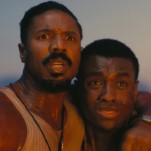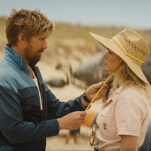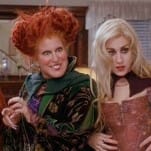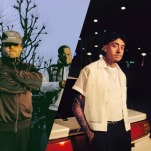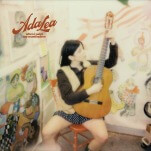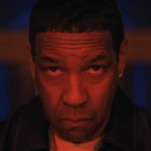6 Reasons Country Music is Blacker Than You Think
Photo by Getty Images' Rick Diamond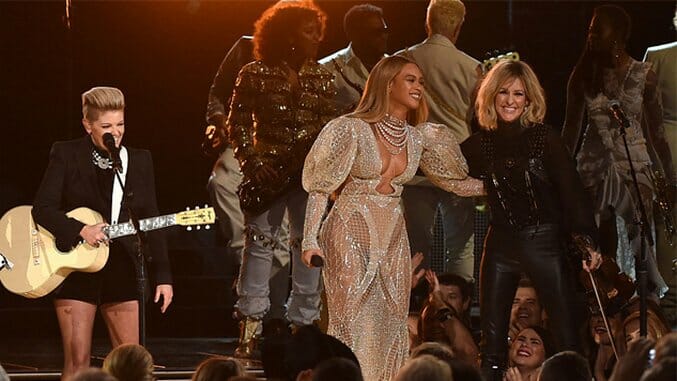
For years, country music fans have loved to label the Country Music Awards, ostensibly the main event for their genre, as anything BUT country. “CMA stands for ‘Country My Ass,”’ as some say. But when Beyoncé took the stage with the Dixie Chicks just a few weeks ago, country music as a genre began to collectively lose its mind. Comments swarmed over social media posts the next day decrying Beyoncé as a cop hater, a feared #blacklivesmatter activist, and most importantly, as someone who had no business playing country music. Not matter that the song she played, “Daddy Lessons” sure as shit played out like a country song. Bey shouts out her Texas roots, mandolin and harmonica open the song, there’s a nod to Zydeco in the scrub board, and she even has lyrics about bibles and guns. But apparently, that wasn’t enough. The real issue for many CMA viewers was that she’s black, she’s proud, and so she therefore doesn’t belong in country music.
Or does it? Sure you can point to the near total lack of black artists in country music today, excepting Darius Rucker, Cowboy Troy, or Charley Pride, the one black country artist who’s been the exception to the rule for decades. But the truth is that the roots of American country run black, and the key artists that built country music couldn’t have done so without their great love of and connection to African-American music. Now that we’re living in the age of Trump, it’s more important than ever to know where we come from and to look back to a time before the country music machine had erased black artists and musical forms from its own history. Here are six examples that illustrate country music’s roots in African-American history.
1. The Banjo
Few instruments are more iconic to country music than the banjo. A truly American instrument, the sound of the banjo for many evokes images of Appalachia, often evoking negative stereotypes of this region as well. The Dixie Chicks joined Beyoncé onstage at the CMAs playing a banjo, and most mainstream country artists now have a banjo somewhere in the ranks. But people seem to forget that the banjo is an African instrument. Developed over centuries in Africa and spread throughout West Africa, from the Gambian akonting, that looks exactly like a banjo, to the Malian ngoni, which is built like a banjo and played like one as well, down to the shorter fifth string. These banjo prototypes were brought to America by African slaves, or refashioned from memory in America. They would animate slave dances as well as dances for the plantation owners and whites. Over time these instruments became the banjo we know today, rooted in West African history and culture, and the structure of the music began to bend back towards Africa as well, moving towards modal melodies and notes existing in the gaps between the Western scale. But even from the very beginning, white people laid claim to the banjo and worked to erase its African history. The first banjo player star was the white minstrel banjo player Joel Sweeney who, though he learned the instrument from black artists, laid claim to having invented the fifth string, a clearly African part of the instrument. The banjo came into America through the incredible popularity of the minstrel show, a powerfully complex and viciously racist cultural institution that lasted over a hundred years and informed most aspects of popular music today. But black banjo players in Appalachia and the South persisted for years and still exist today, informed by a long history of white and black musicians interacting, usually leading to white musicians gaining widespread success from their adoption or appropriation of black traditions. Laurent Dubois’ new book The Banjo: America’s African Instrument provides an extensive history.
2. Jimmie Rodgers’ Interracial Recordings
The “big bang” of country music, the recorded event that is credited with creating the genre, took place in the small town of Bristol, Tenn. in 1927. Here, the record scout Ralph Peer of Victor Records met and laid down tracks from the two key artists that would come to define country and would be its first big stars: The Carter Family and Jimmie Rodgers. Rodgers was a rail-thin, sickly youth when he was discovered. His band had broken up the day of the recording, so he went it alone, and sang songs with a country twang that could only have come from black singers. Simply put, he sang the blues. He mixed it with yodeling, a sound popular from Swiss vaudeville performers, and came up with his signature “Blue Yodel.” Adopting this name for a series of 13 different recordings, Rodgers’ blue yodel drew from the African-American singers, hobos, and gandy dancers that he encountered in his work as a railroad switchman, but also from African-American blues recordings of the time. In turn, his blue yodel would influence black blues artists like Mississippi John Hurt, Howlin’ Wolf, Furry Lewis, and more. Perhaps most remarkable about Rodgers is that he recorded directly with black artists at a time when this was infrequent and very unusual. His most famous recording with a black artist is his duet with famed jazz trumpeter Louis Armstrong (and Armstrong’s wife Lil Hardin-Armstrong). “Blue Yodel No. 9,” recorded in 1930 is a recording still shrouded in mystery. In fact, Armstrong and Hardin weren’t even credited on the 78 (they were listed as “orchestra”). In later years, Armstrong would return to country, recording a country album in 1970 and dueting with Johnny Cash on Cash’s TV show (recreating the “Blue Yodel No. 9” session) the same year. Jimmie Rodgers was one of the first major stars of country music and owed most of his musical debt to the black artists that first inspired him.
-

-

-

-

-

-

-

-

-

-

-

-

-

-

-

-

-

-

-

-

-

-

-

-

-

-

-

-

-

-

-

-

-

-

-

-

-

-

-

-


